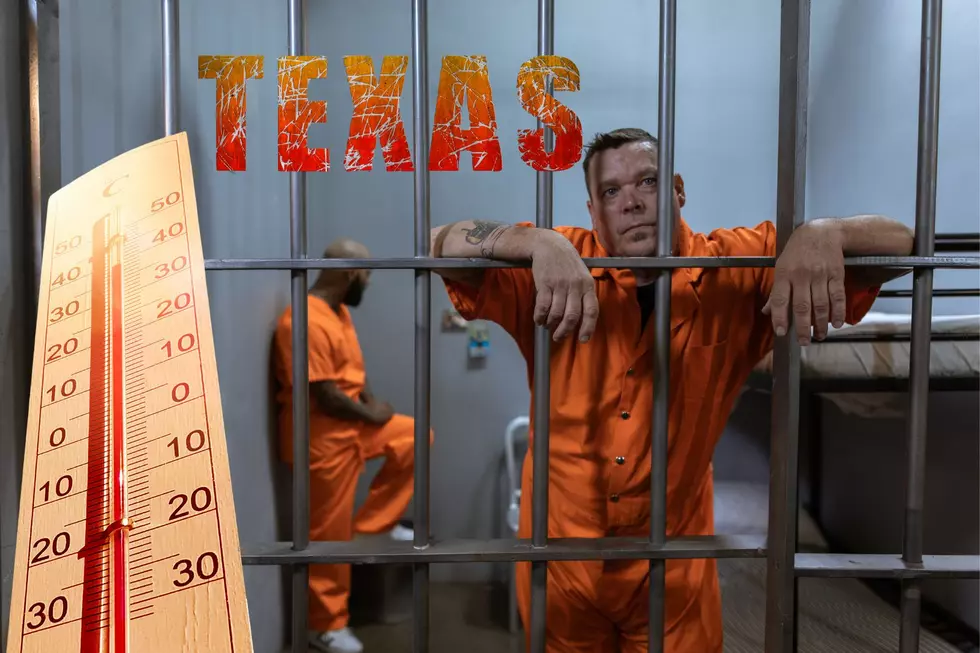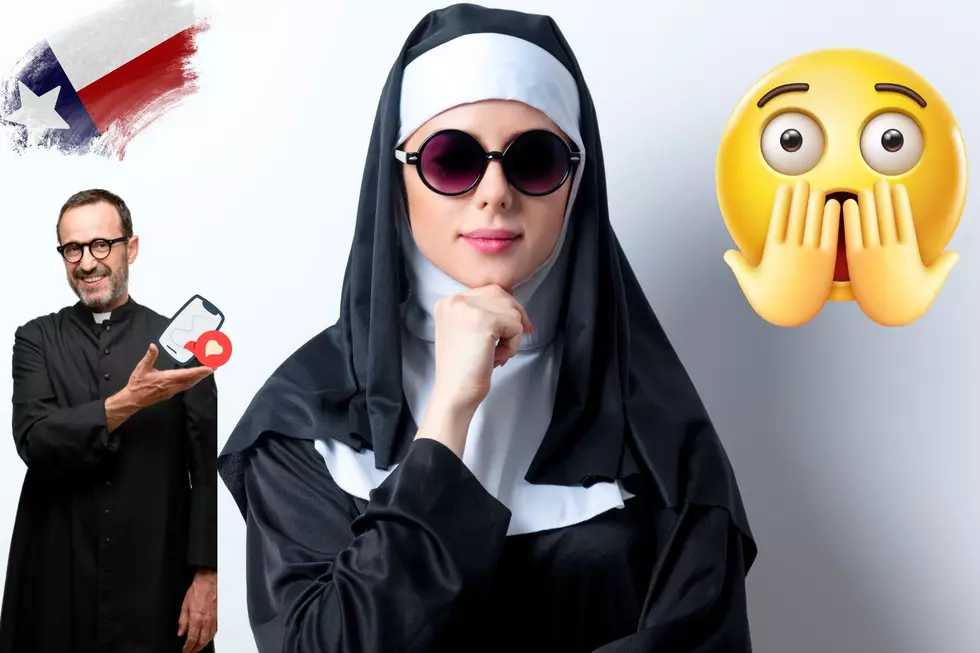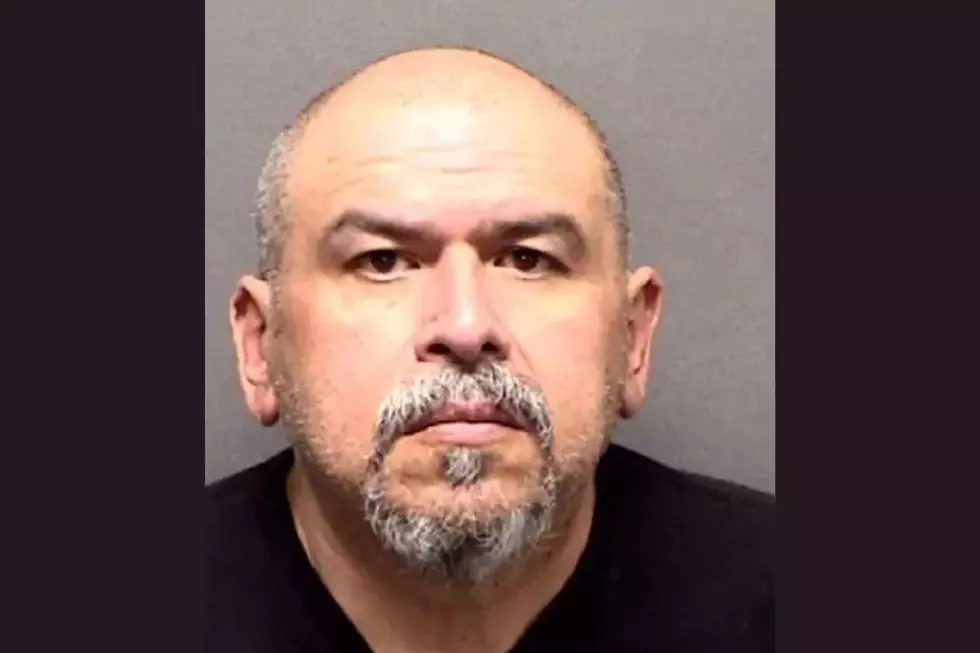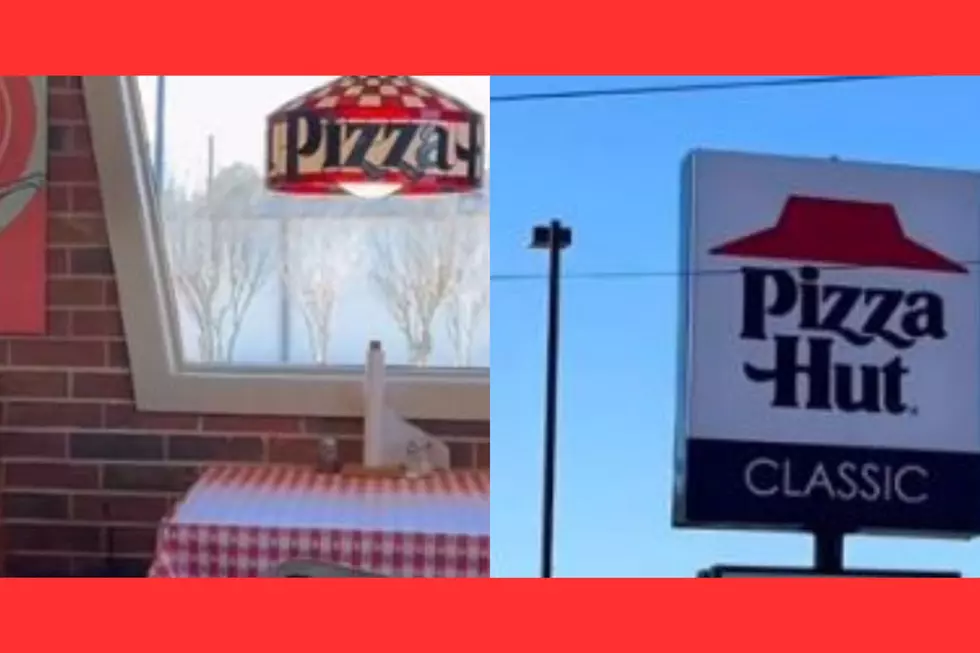
Rethinking Outlaw Country: A Movement About Artistic Freedom, Not Sound
Editor's Note: The Boot originally published this story in late May of 2018, shortly before the Country Music Hall of Fame and Museum opened its Outlaws & Armadillos: Country's Roaring '70s exhibit. As we explore the country music of the 1970s, we are republishing this piece.
Forty-some years ago, publicist Hazel Smith coined the term "outlaw country." For today's country music fans, the phrase conjures up images of (to borrow from David Allan Coe) longhaired rednecks playing "traditional" country music -- the sort that, some claim, is dying out.
"Traditional" country music, they say, has been killed by bro-country, the artists bringing influences from other genres into their music and the radio programmers who play those songs. In debates about the state of the genre, these outlaw country artists are heralded as badass bastions of the good old days. Men and (a few) women who were doing right by Nashville. The kind of artists we need more of these days.
However, "it's always a bit more complicated than people realize," says Michael Gray, co-curator of the Country Music Hall of Fame and Museum's Outlaws & Armadillos: Country's Roaring '70s exhibit. This modern-day interpretation of the phrase "outlaw" mistakes the movement as a sound rather than a quest for artistic freedom.
"In a lot of ways, they were musical renegades, and they were bucking the system," Gray tells The Boot, "but there’s a lot of baggage that comes with that [outlaw] tag, too.”
The anti-establishment ways of Willie Nelson, Waylon Jennings, Jessi Colter and their numerous counterparts in Nashville, Tenn., and Austin, Texas (and California, to some extent) were rooted in something all of today's artists, country traditionalists or otherwise, are after themselves: creative control. In the mid-1950s, Chet Atkins, Owen Bradley and Bob Ferguson's string-laden, pop-leaning "Nashville Sound" began to rule Music City, and the producers and label executives were the ones calling the shots.
"Before the outlaw movement, a lot of the artists were kind of in the passenger seat; it was the producer and the record label picking songs, picking which musicians would be on the recordings, which producer, which studio," Gray explains. "The outlaws had the courage to be not just stars, but to dig deep inside themselves and present their artistry to the world."
In the mid- to late 1960s, Bob Dylan and Johnny Cash began opening up Nashville to "outsider renegade types," in Gray's words. But the artists of the outlaw movement wanted more.
"That’s really what the thrust of [outlaw country] is," Gray notes, "is these artists fighting for their creative freedom.”
Bobby Bare was one of the first to get it. He started his career with Atkins at RCA Victor, then moved to Mercury Records in 1970. Atkins, the artist says, wanted Bare back at RCA and wanted to ease himself out of production, so he offered to let Bare produce his own work.
"I didn’t have to fight or wrastle or argue or anything about it. Chet Atkins just gave it up,” Bare recalls. "I said okay, and that was it. He gave it up, I didn't fight for it.”
He did set a precedent, though: When Waylon Jennings heard that Bare was producing himself, Bare tells The Boot, he went to Atkins and asked for the same deal.
"So they let him. And he did go crazy in the studio," Bare says. "But, of course, that's what people wanted to hear ... It worked out great."
Jennings dropped his Honky Tonk Heroes album in July of 1973, while Bare's Bobby Bare Sings Lullabys, Legends and Lies followed in November. Both records are among outlaw country's best, but back then, Bare admits, they were two of the movement's first, and "totally against the grain" in Nashville.
"That’s what you had to do back then to break away … to grow. If you cant grow, you’re not doing anything,” Bare says. "That was an interesting time, a lot of craziness … It was a growth period is what it was. If we hadn’t produced our own records, we’d have never had the growth period.”
"If you cant grow, you’re not doing anything ... If we hadn’t of produced our own records, we’d have never had the growth period.” -- Bobby Bare
The outlaws loosened up the Music Row culture, too: Under Atkins and company's rule, it was "unheard of" for session musicians to drink or smoke pot. By the '70s, though, studios were giving their clientele a freer reign. "Things were kind of opening up," Gray says.
But things were already pretty open in Austin. Weary of the Nashville scene, Willie Nelson headed back to the Lone Star State in the early 1970s, and found there a burgeoning, open-minded music community. Much as the Texas country and Red Dirt artists of today enjoy a freedom from Nashville politics and expectations, these artists didn't have "The Man" to reign them in.
"Austin did not have the music business infrastructure ... so they didn't have to worry as much about all those industry concerns," Gray says, although many of the artists recording their music for major labels did have to make the journey to Nashville to do so. However, the live music scene flourished freely. Gray cites, among others, Freda and the Firedogs, featuring now-noted blues singer and pianist Marcia Ball, as one of the bands helping "bring the rednecks and the hippies together" 850 miles southwest of Music City.
Present-day understandings of the phrase "outlaw" also ignore that, in fact, it was the industry those artists were rebelling against that turned their loosely defined movement into a marketable quantity. The artists weren't really calling themselves outlaws, Gray points out; many weren't even fans of that description.
"A lot of the artists, the whole point was that they didn’t wanted to be pigeonholed or labeled," he adds.
"The outlaws had the courage to be not just stars, but to dig deep inside themselves and present their artistry to the world." -- Michael Gray
But by 1976, RCA was seeing the potential of outlaw country and put together Wanted! The Outlaws, a selection of previously released tracks from Nelson, Jennings, Tompall Glaser and Jessi Colter. The album's now-famous cover plays up the connotations of the word, with sepia-toned pictures of its four contributors on a Wild West-style wanted posted.
"[On the album's cover], they looked the part," Bare reflects, "so that played into everybody's imagination, and they rode it pretty hard ... It was an easy promo."
Wanted! The Outlaws became the first country album to earn a platinum certification -- but it also began shutting the door on the outlaw movement itself. Two years later, Nelson was singing showtunes on Stardust (an album, like his outlaw-era classic Red Headed Stranger, that he had to fight to release), and Jennings was proclaiming "Don't You Think This Outlaw Bit's Done Got Out of Hand." Plus, when you're selling millions of records, not everyone sees you as an outlaw anymore.
"That's just a slippery slope when you get into that [debate about] what's authentic," Gray muses. "Jimmie Rodgers ... was marketing himself. Hank Williams Sr. ... all these folks, all of them were doing whatever it took to sell records.
"You can still [keep your] artistic integrity and sell records, though … Nobody says you have to do one or the other."
Outlaws & Armadillos: Country's Roaring '70s is scheduled to run at the Country Music Hall of Fame and Museum through early 2021. Visit CountryMusicHallOfFame.org for more details.
Country Music Risk-Takers: 10 Stars Who Have Played With Musical Fire
More From KIXS FM 108









